A lot can change in a year, especially when it comes to marketing trends. If 2018 was the year of video, 2019 will be the year of audio. David Shadpur, CEO Social Native.
Podcasts aren’t new - they actually first arrived on the digital scene back in 2004 - but they have recently seen a resurgence and only continued to grow ever since. And to celebrate International Podcast Day (Monday 30th September), we're sharing our best tips and advice on how to get started with your own brand podcast, and why it could be so important for engaging your audience.
There are now 7.6 million of us listening to them each week - an increase of a quarter in just one year. As more and more of us consume this audio, influencers, celebrities, newspapers, radio and TV shows are among those who are jumping on this platform as a new way of sharing content, reaching a wider audience and, ultimately, growing.
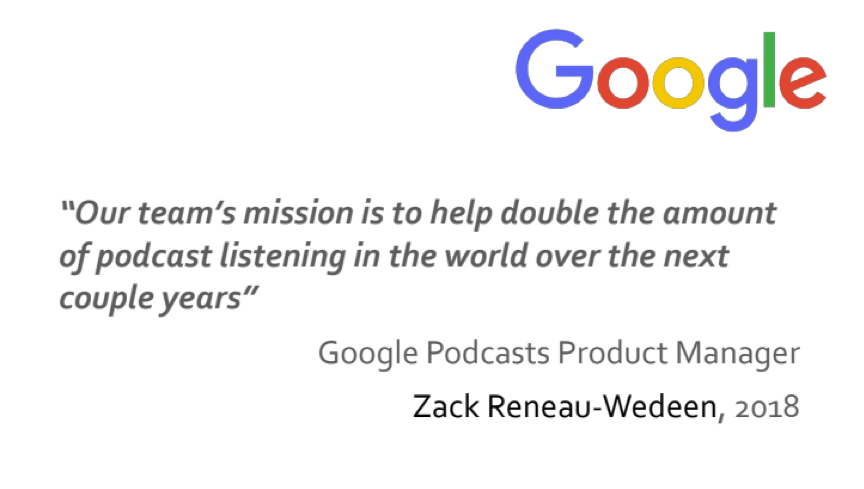
Innovation is key to us here at Zazzle Media. This is why we have spent the last couple of years at Newsrewired and the podcast training that ran alongside it with former BBC producer, Jack Soper. Following ‘An introduction to podcasting’ and an ‘Audio storytelling workshop’ we were inspired and used what we learned to create our own podcast.
So, why are we all suddenly listening to them, creating them and more importantly, why should your brand join the podcast revolution?
In this post I’m going to cover:
- The growth of podcasts and the story so far
- How brands and agencies are using podcasts
- Ten quick, cheap and easy steps to starting your own podcast
The growth of podcasts
The numbers speak for themselves. In 2013, 3.2 million were listening to podcasts every week. By 2018, this had doubled to almost 6 million adults. Podcasts are growing at a rapid rate and don’t appear to be slowing down anytime soon.
Using data from Rajar, ACast and TouchPoints, Ofcom found half of podcast listeners are under 35. It might not come as a surprise to hear that Generation Z has seen the highest increase, with one in five of those aged between 15 and 24 listening to this format.
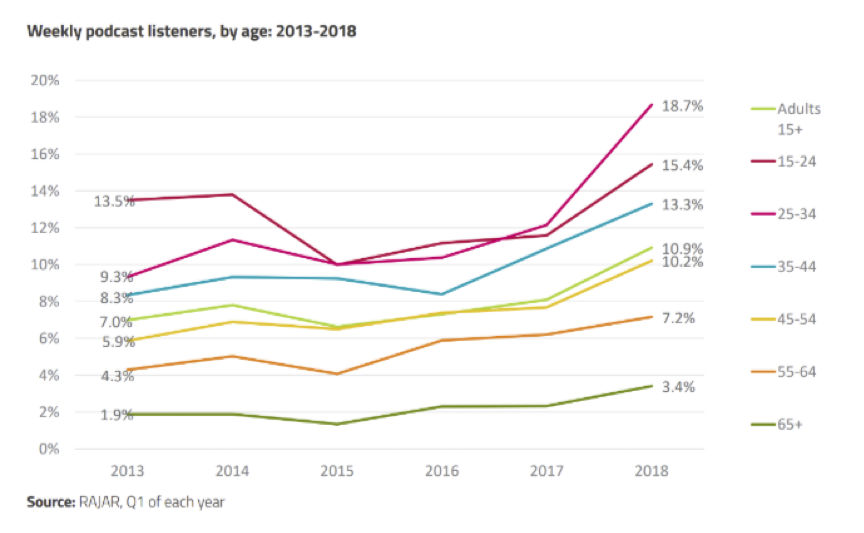
Ian Macrae, Ofcom’s Director of Market Intelligence, said: “Podcasts are booming in the UK, and broadening people’s listening habits. Every age group is getting involved, but the most explosive growth is among younger adults.”
Podcasts are the perfect way to reach and attract this demographic - who want to listen to audio on their terms. The Financial Times, for example, has created a podcast with the primary aim of attracting a younger audience. In the three months up to November 2018, 60% of the increase in marketing subscriptions came from 22 to 37-year-olds. In creating 12 podcasts it doubled its listeners to a million in less than a year. Two-thirds of those listeners are non-subscribers that can now potentially be converted. Similarly, The Economist has followed in the footsteps of The Guardian and The New York Times, creating a daily podcast and hiring eight new members of staff to work on it.
Interestingly, The Guardian targeted commuters on the London Underground advertising its new daily podcast with an ad that said: ‘Don’t read this poster. Listen to it.’ Sam Jacobs, creative director at Oliver said that they wanted to: “Let tube commuters know that instead of staring at their social media or avoiding eye contact with the person opposite them they could listen in and discover the story behind the headlines.”
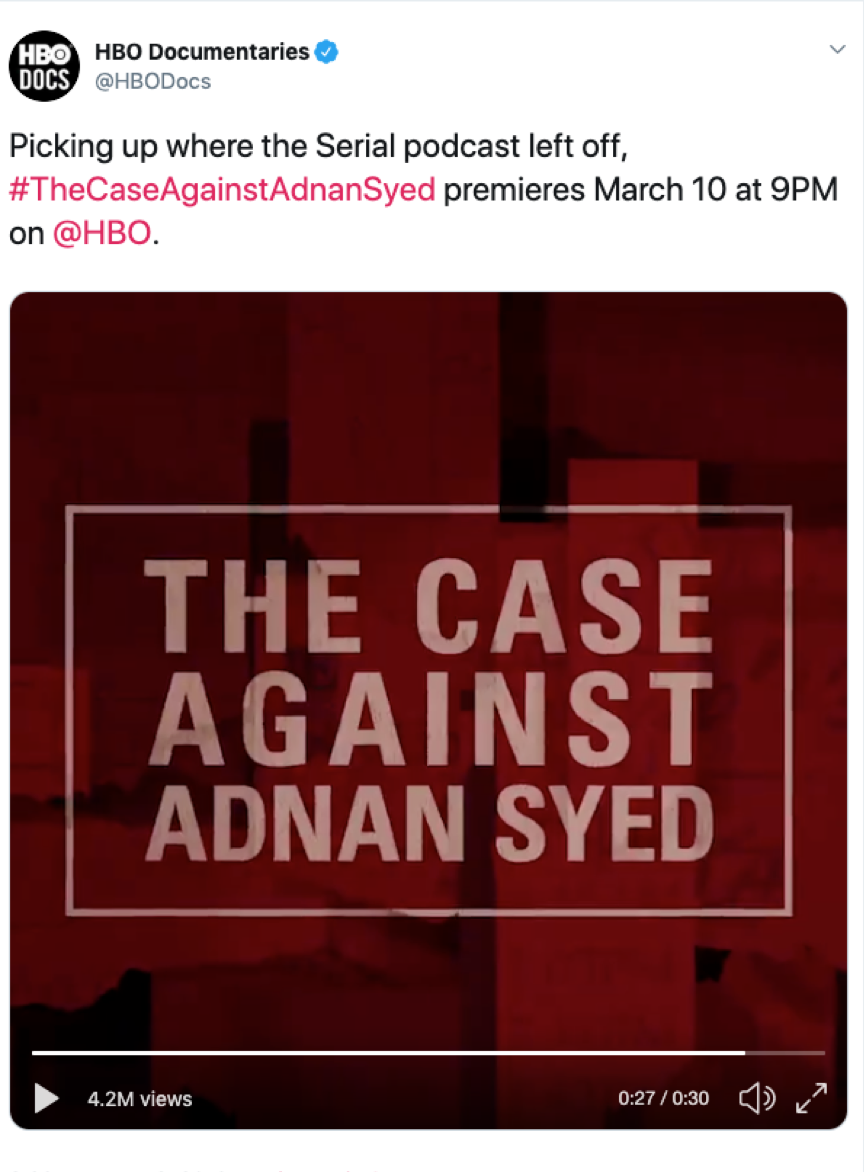
Then there is Serial - a podcast that lead the way in the podcast revolution. Even if you haven’t listened to it, you may well have heard of it. This series - so successful that it has been made into a TV programme - is a true crime podcast that won a Peabody Award in 2015 for the telling of a long-form nonfiction story in an innovative way. It also holds the world record for the most episodes downloaded - by June 2017 this number had already reached 175 million.
Podcasts have become such a big deal that they are being recorded in front of a studio audience at festivals and entire events are happening off the back of them.
So, we know they are successful but why are podcasts beneficial?
- Produce original content that surrounds existing content or brand
- Give your audience something extra
- More informal - show personality and offer insider knowledge
- Keep topical subjects central
- Keep the audience with the brand
Podcasts for brands and agencies
Agencies are currently embracing podcasts more than brands. While only 66% of brands see digital audio as a key part of their strategy, 86% of ad agencies do.
Global’s DAX, a digital advertising audio platform, found that out of the 85% of advertisers that intend to increase investment in digital audio this year, 75% will be on podcasts specifically.
Brands may well want to create a podcast to speak directly to their audience. Freya Lingerie’s podcast ‘When life gives you melons’ is hosted by Maya Jama and, in its own words, is ‘aimed at women that are looking for the perfect addition to their commute’. Maya is joined by well-known female faces to discuss everything from careers to friendship.
However, it is actually the perfect space for advertising as it can be delivered in a personal way. This often means sponsoring an episode or an entire series and receiving an advertisement at the beginning of the show or during an ad break halfway through.
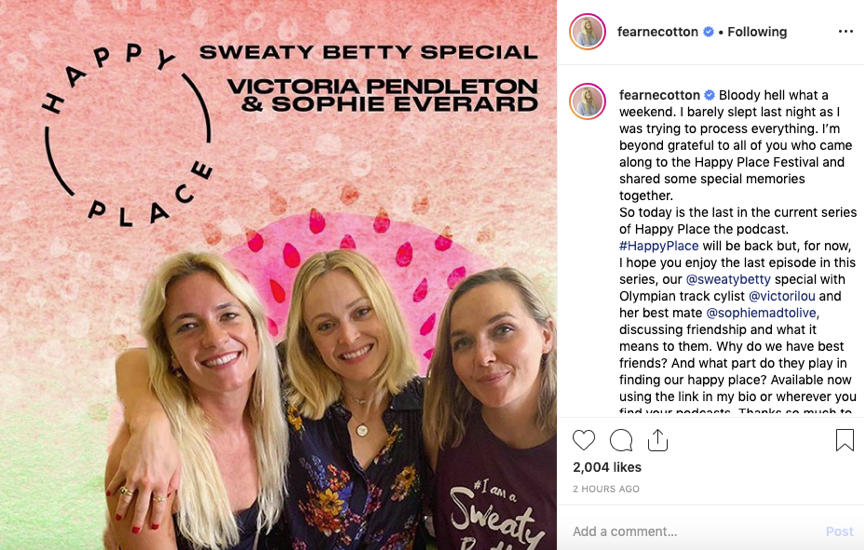
If you listen to Fearne Cotton’s Happy Place podcast, for example, you’ll hear how she naturally talks about a relevant brand that is sponsoring the podcast at the beginning and promotes them in a way that her audience will relate to.
Speaking to The Drum, Oliver Deane, director of commercial digital at Global, said: “The belief among the advertisers is that podcasts offer a very engaging environment and there is an opportunity to take a trusted voice in the presenter and have them talk about your brand in a credible way.”
And it works too. On Acast, 76% follow up on an ad or message, 37% follow up on a product and 27% on a brand’s website. It was also found that, during 2018, monthly revenue was up 50% from podcasts adverts.
How to start your own podcast
The thought of starting a podcast from scratch can be daunting. But it is actually much easier than you might think. You don’t even need a big budget or a recording studio - you can actually get started on a relatively small budget and the rest can always come later. Prove the concept with the basics and you can expand and get fancier later.
Here are a few top tips to get you started with your own podcast
- Utilise your smartphone. Our phones can do almost anything these days - journalists regularly use smartphones to create broadcast-worthy content. More than two-thirds of podcasting hours are listened to via smartphones and this is the ideal way to create one too. All you need is a microphone and voice memos.
- Find a soundproof space. If you are capturing audio at an event, then the sound of chatter in the background will add to your podcast - but you don’t want this to drown you out. If you are recording in your office then you probably don’t want noise distracting from your conversation. A car works surprisingly well but you’ll need to keep the windows up, so make sure it isn’t too hot outside or you’ll overheat while recording.
- Name your podcast. Your podcast needs a name. It may be tempting to come up with something clever but you want to ensure people can find it easily, so make it clear from the name what it actually is. The simpler the better.
- Choose your topics and consider your audience. You need to discuss topics relevant to your company while also considering whether it is something your audience will be interested in. About 90% of people listen to podcasts on their own, primarily while they are working or studying, relaxing or driving/travelling. Will your audience want to listen to what you have to say during this time? As with all content, understanding your audience is key.
- Let the conversation flow. Make it a conversation. Whether this is a Q&A or debate, it is better to include a few voices and bring in guests for a new perspective and avoid ‘talking at’ your listener. Make sure you keep the mic close to the person talking and follow them if necessary while avoiding handling noise. Also, test the sound first - you don’t want to spend half an hour recording and none of it is usable.
- Bring it to life. Obviously the listener can’t see what you are doing. This isn’t always necessary, of course. But, especially if you are attending an event, a great way to bring the content to life is with sound effects. Key sounds will help to illustrate your story and can be added in during the edit. Another way to do it is by describing what you are doing, what you can see and what you can smell. Allow the listener to create a picture in their heads.
- Don’t make it too long. Podcasts don’t need to be really long - they can be anywhere from 10 minutes to an hour. It entirely depends on the content, but you don’t want to lose the listener’s attention. If it doesn’t need to be long then keep it short and sweet.
- Choose an editing tool. We use Audacity to edit our podcasts but there are several software options available. Make sure that when recording you keep editing in mind with a clear idea of how you would like it to sound. Then, you can bring it all together - your approach will depend on the audience, subject and duration of your podcast. This is also your opportunity to cut out mistakes and any unnecessary sections, change the order, ensure there is a balance between speakers and viewpoints as well as making sure it is engaging and conveys your message.
- Decide where to upload your podcast. There are several places you can upload your podcast. At Zazzle we currently share ours on Soundcloud and then embed it in a blog - that either includes a transcript or a short description of what to expect. This then pulls through to Spotify to reach a wider audience. Interestingly, the music streaming service has predicted that 20% of listening will be eventually be on podcasts.
- Share it on social. Now it’s time to shout about it - let everyone know you have made a podcast and why they need to listen. Headliner is a great tool for creating videos to share on social to promote your podcasts.
Digital Marketing Podcasts with Zazzle Media
Hopefully you know the benefits and are inspired to start your own podcast now. But, before you do check out our podcasts which can be found on Spotify.
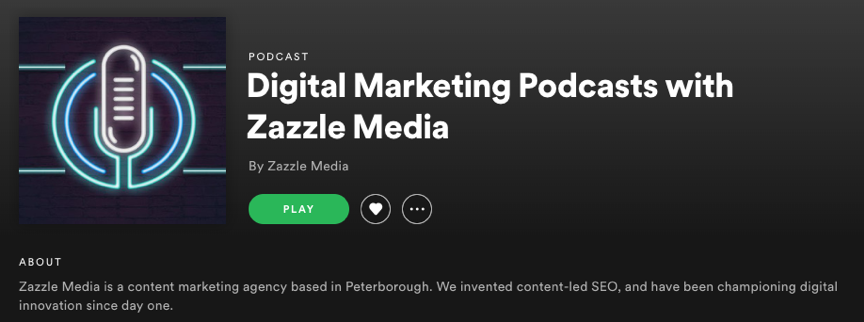
Zazzle’s podcasts cover a wide range of topics - from taking you behind the scenes at BrightonSEO, to interview tips and an insight into being a colourblind designer.
Whether you work in the digital marketing industry and are looking for advice or are a brand that would like to understand what we can do for you, follow us to listen to our existing episodes and keep up to date with new ones.
Sign up for our monthly newsletter and follow us on social media for the latest news.
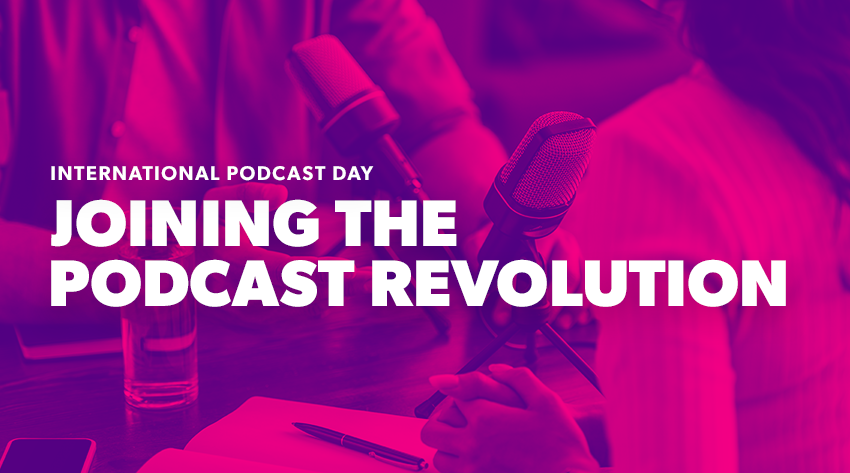




 Proudly part of IPG Mediabrands
Proudly part of IPG Mediabrands